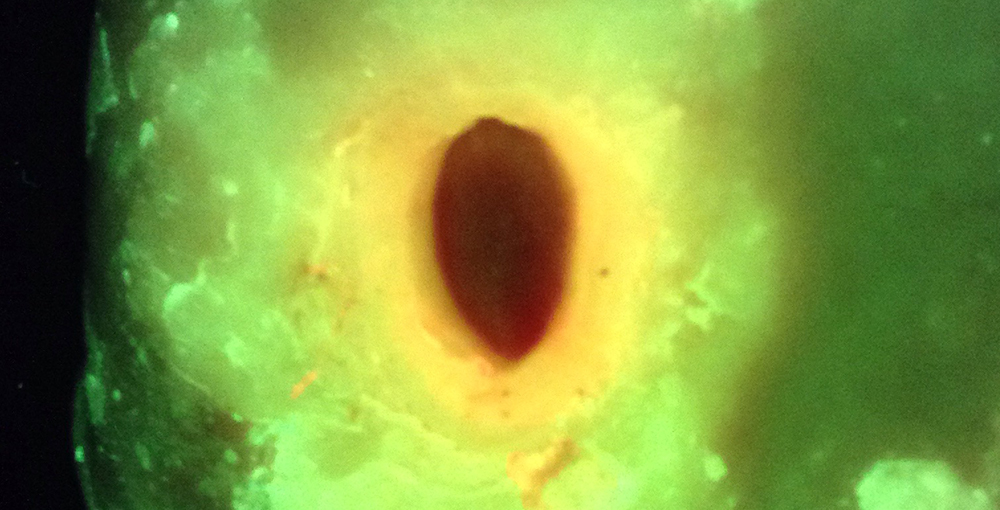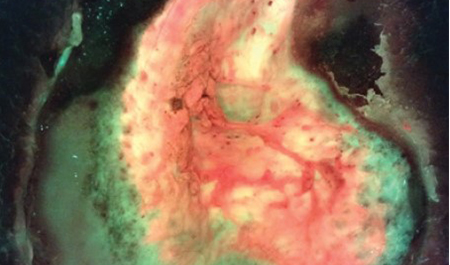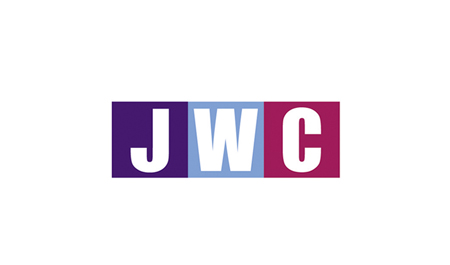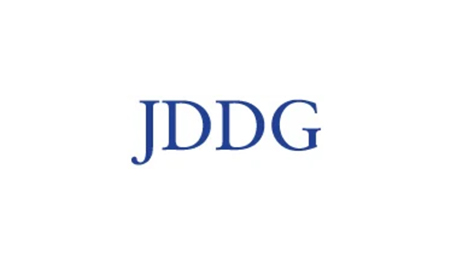

MolecuLight successfully used to detect location & load of elevated bacterial load prior to delivery of non-thermal gas plasma in DFU patients

MolecuLight successfully used to detect location & load of elevated bacterial load prior to delivery of non-thermal gas plasma in DFU patients

This study aimed to assess the efficacy and safety of a porcine peritoneum-derived matrix, a type of cellular and/or tissue product for treatment of DFUs
MolecuLight i:X imaging and measurement of bacterial protease activity (BPA) were performed weekly to evaluate bacterial load in wounds
Low bacterial loads, indicated by absence of fluorescence on MolecuLight i:X images and negative BPA, predicted wound healing

Fluorescence imaging was used to inform on the presence of bacterial loads in stage 3 and 4 pressure ulcers
These pressure ulcers underwent NPWT and treatment with a biofilm disrupting agent
In wounds where negative fluorescence images suggested lower bacterial levels, a reduction in wound surface area and volume was observed

This RCT used fluorescence imaging to evaluate the effects of cold atmospheric plasma on wound area of chronic wounds
Fluorescence images were used to visualize the bacterially colonized area and compare the area before and after
50.4 % reduction of bacterial load for Group 1 and 35.0 % for Group 2 compared to the day of study